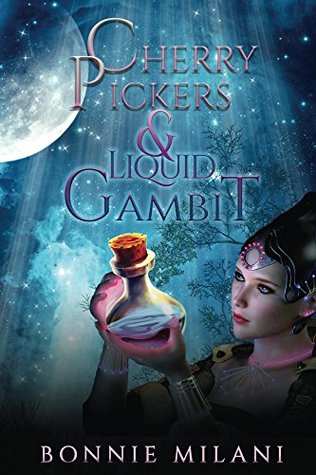The Book of Strange New Things is a microscopic look at two people, a husband and wife, who separately bear witness to the end of the world and the birth of another. With interstellar distance between them, faith and devotion are pushed to the limits. In this science-fiction novel, humanity is cast as the main character. Hogarth | October, 2014 | Hardcover | 500 pp
Peter is a young new minister who accepts a Christian missionary posting provided by the USIC, a secretive company that has been buying up all of the defunct NASA’s assets and lands, as well as other companies. It is several years or decades into the future and many of the world’s largest companies and governments have collapsed. Things haven’t been looking too good. But Peter and Bea have a comfortable life in London where things are still safe. If Peter completes his short-term missionary work, it will be a lot of money for this new young couple.
This is no ordinary mission trip. Peter is sent to a newly colonized planet called Oasis. He isn’t sent to the planet to minister to the USIC employees there who are working to ready the planet and pave the way for human settlers, but to the indigenous and intelligent race of beings who live there and supply the colonists with food.
The Oasans are small and frail and strange to look at. Peter can’t discern any eyes or mouth and each of them look exactly the same as the other which make it difficult to tell any of them apart or detect gender. But they are very kind and very excited for Peter’s arrival because they are hungry for what they call The Book of Strange New Things, otherwise known as the bible. A minister and linguist had been there before Peter to work with them, and both had gone missing. The Oasans wouldn’t supply the colonists with more food until a new minister was sent. They were desperate to know more about the bible, Jesus, and salvation.
Peter had expected a difficult situation but when he arrived the Oasans were overjoyed and so was Peter. He decided to live among them, taking weekly breaks at the USIC base camp to send and receive messages from his wife. As time goes on, the messages from his wife become increasingly worrisome. Natural disasters are wiping out entire countries, governments are collapsing, and basic social services in the UK are disappearing. There’s hardly any food to be found and looters are running rampant. When Peter tries to comfort her, she lashes out at him. Her faith is faltering. While Peter grapples with his duty to the Oasans and to his wife, he receives an alarming, single-sentence message from her:
“There is no God.”
There is more to this story than meets the eye and it involves the Oasans and their relationship to the human colony. The colonists, who choose not to call themselves colonists, are all hand-picked by the USIC and they’re anything BUT your average humans. While highly skilled in different areas of expertise, they all possess similar qualities desired by the USIC. But that’s as far as I can elaborate without providing spoilers. They all work as a unit to make sure the Oasans are not exploited or abused. But they do rely on the whiteflower the Oasans gather. It can be made into anything, it can taste like anything. Tastes like chicken!
When the first minister disappeared, the Oasans refused any more whiteflower until another minister was sent which makes Peter the camp’s VIP. With Peter’s arrival, trading whiteflower for medicine began again in earnest. At first, Peter was curious why this simple group of aliens would need so much medicine. He never saw an ill Oasan. As time goes on, this is another factor that comes to light, and even tests Peter’s sense of faith in the mission.
Throughout it all, the USIC’s secretiveness is a major part of the story line. Although we don’t get the dirty details, we get a good sense of the big picture toward the end. While the USIC can’t be called nefarious by any means, Peter’s mission is a sham.
I absolutely love world building in a novel and Michel Faber paints a vivid picture. The landscape, the solar schedule, the rainfall, the humidity, the feeling of soaked skin, the taste of melon on the tongue. His descriptions of the new world are all-encompassing – you’ll feel as if you’re standing on its surface. Peter’s character is affected by the new atmosphere and by the connections he makes with his new flock while the reader stays grounded and bears witness. The other USIC employees aren’t fully fleshed out, but we do get some important intel on this lot.
The Book of Strange New Things is a brilliant look at how distance can change what we see and where we place our loyalty. Five huge stars.
The Book of Strange New Things
by Michel Faber




